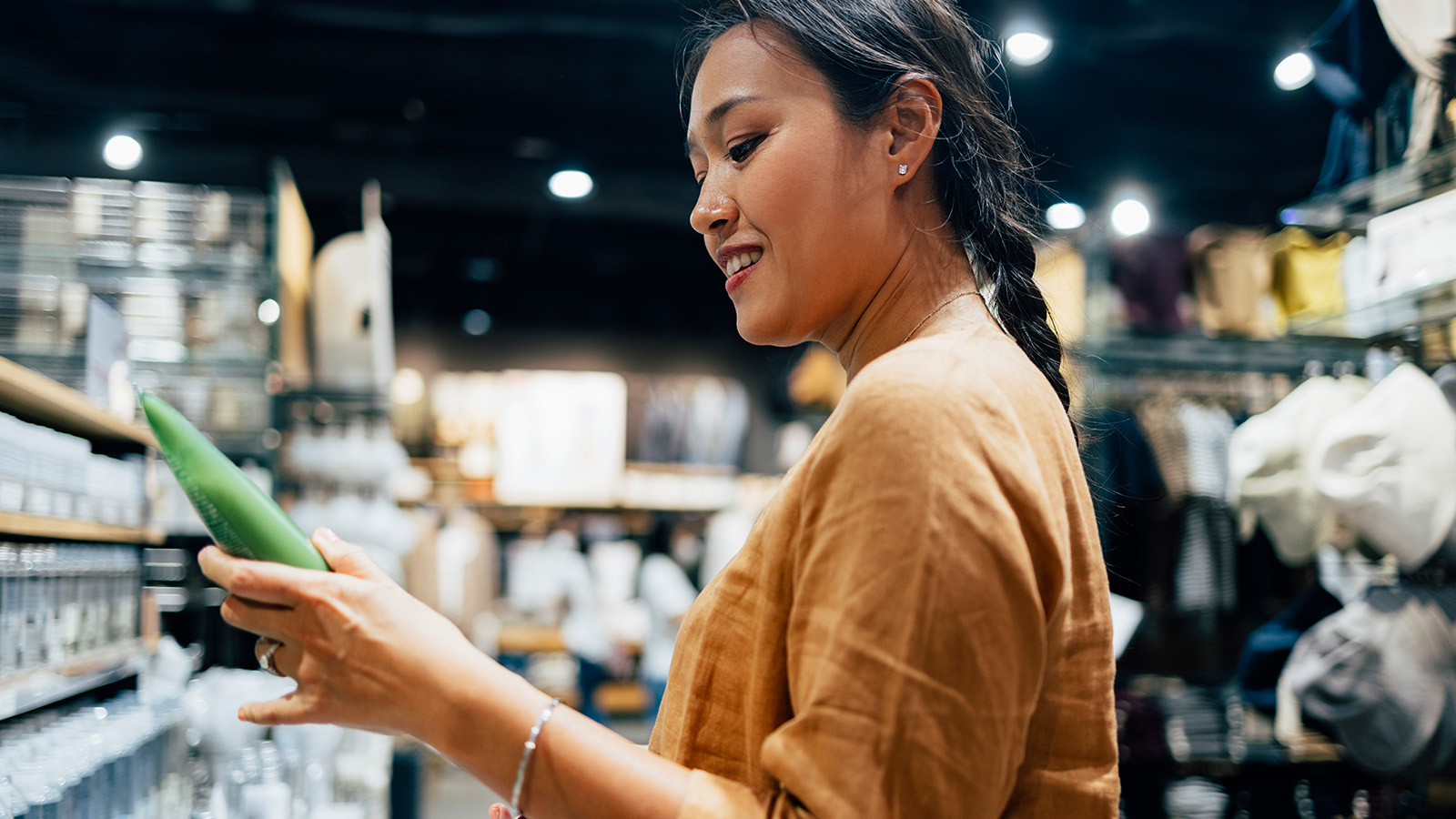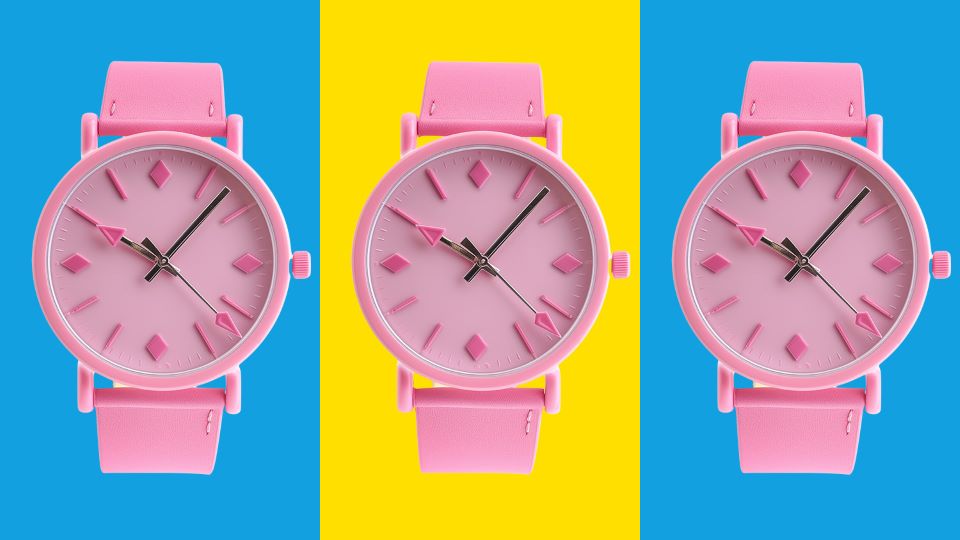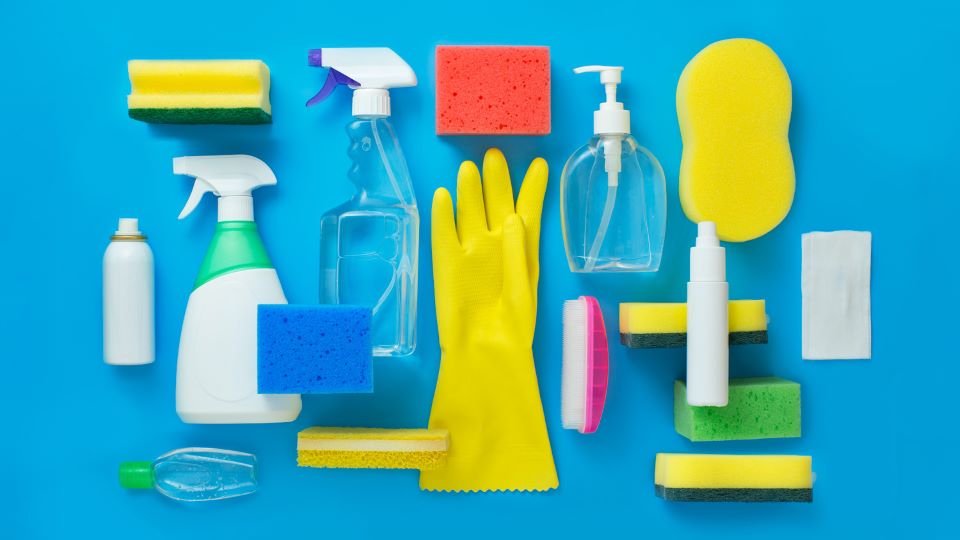As consumers turn their eyes to more modestly priced “little luxuries” in a changing economy, retailers have an opportunity to make a statement of their own — with their own brands.
Already one of the hottest categories in retail, so-called “own brands,” with record sales of $229 billion in 2022 according to the Private Label Manufacturers Association, can grow even more by making their products into “little treats.”
How? By focusing on creating packaging, in-store displays, social media campaigns, digital advertising and other messaging that evokes and emphasizes joy, spontaneity, celebration, surprise and a release of stress, Quad experts say.
In doing so, marketers can help remove the stigma once associated with buying off-brand products and further upscale the status of their own brands by emphasizing quality and value at the shelf, according to Peter Boosalis, Vice President of Brand/Package Design at Quad.
Own brands offer consumers a “dependable, cost-efficient alternative,” he says, and can compete for the attention of consumers as they seek creative, affordable ways to treat themselves, family and friends to the occasional unexpected joy.
Boosalis and his colleagues at Favorite Child, part of Periscope, a Quad company, have extensive experience working with store brands. The Favorite Child team has provided art direction, content, design strategy, packaging design and adaptive design services to own brands from Walgreens (Nice! snacks, Modern Expressions household goods), Publix (Publix Premium grocery items, Greenwise organic foods), Target Stores (Up & Up sundries) and others.
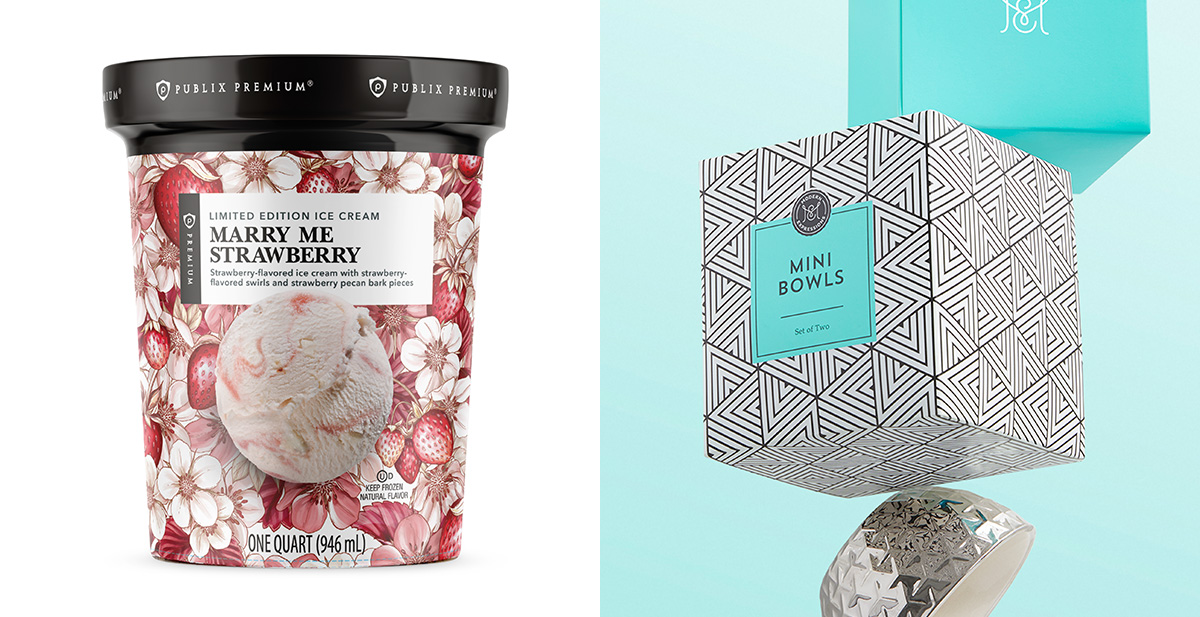
Products within each of the lines emphasize simplicity in their package design, using bright colors and interesting shapes and sizes to stand out on the shelf. Of particular importance for own brands, Boosalis says, is the use of photography, offering a visual language that grabs the shoppers’ attention as premium-level products.
“Visually, it has to be really captivating. It has to say ‘quality’ to the consumer, and that’s all in the design and shape of the package and the photo style. It’s a really big deal,” he says.
Carrying the messaging through to bold in-store displays can also help link everyday products to everyday special moments.
Retailers now “have the consumers’ nod to compete in the premium-brand space,” Boosalis says, “which was not anything that was ever heard of before.”
Evolving the private label
Along with shifts in the economy, these trends have given own brands significant momentum in the marketplace. Sales of private label products grew twice as fast last year as national brands, according to the Private Label Manufacturers Association.
Private label used to go by the industry acronym of “O.P.P.,” or opening price point — i.e., “the least expensive product you could get,” Boosalis says. But no longer, since retailers “became wiser and started moving up into the mid-range and then also into the top range. The game changed.”
The retailer credited with helping to move the industry up the value chain: Loblaw’s, Canada’s largest supermarket chain, with the introduction of the President’s Choice brand in the 1980s. From a single item that went viral (President’s Choice Decadent Chocolate Chip Cookies), the President’s Choice brand has grown to include 3,500 products. It consistently ranks among the 10 most trusted brand names in Canada, according to the University of Victoria’s Gustavson Brand Trust Index.
Little luxuries and generations
The opportunity for own brands comes as consumers seem poised to adjust their spending habits. Economic concerns such as inflation have many people looking for ways to trim household spending. At the same time, younger generations, more attuned than previous generations to work/life balance, are increasingly looking for ways to create joyful moments without spending a lot, even if it’s only for a special ice cream treat or gourmet coffee.
This trend has been popularized on social media platforms such as TikTok, where videos carrying the hashtag #littletreats and related terms have been viewed more than 75 million times as of this writing.
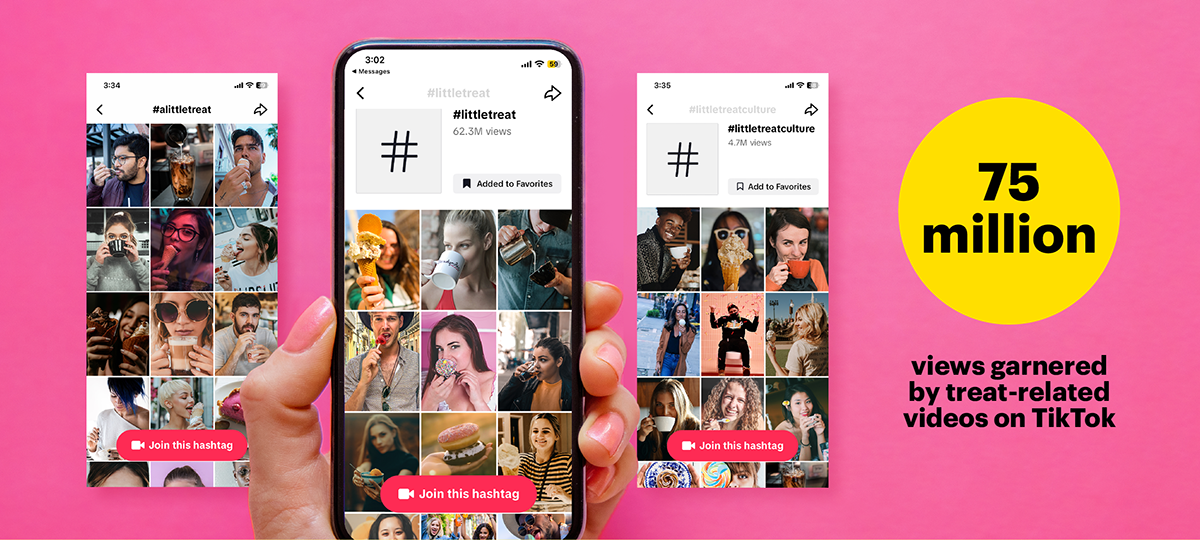
Brands are watching — and even offering a little consumer education along the way. For example, this brand-verified TikTok video from Kind highlights how shoppers can tailor their purchases of Kind snack bars to make for a special fall treat. “There’s two types of fall people: Team Apple [and] Team Pumpkin,” the video says, as images scroll through appealing scenes of changing leaves, baskets of apples, collections of pumpkins and seasonal decorations.
Store brand terms defined
Marketing lingo has evolved over the years to include several similar-sounding terms when referencing the “private label” category. Here’s a primer on the terminology:
